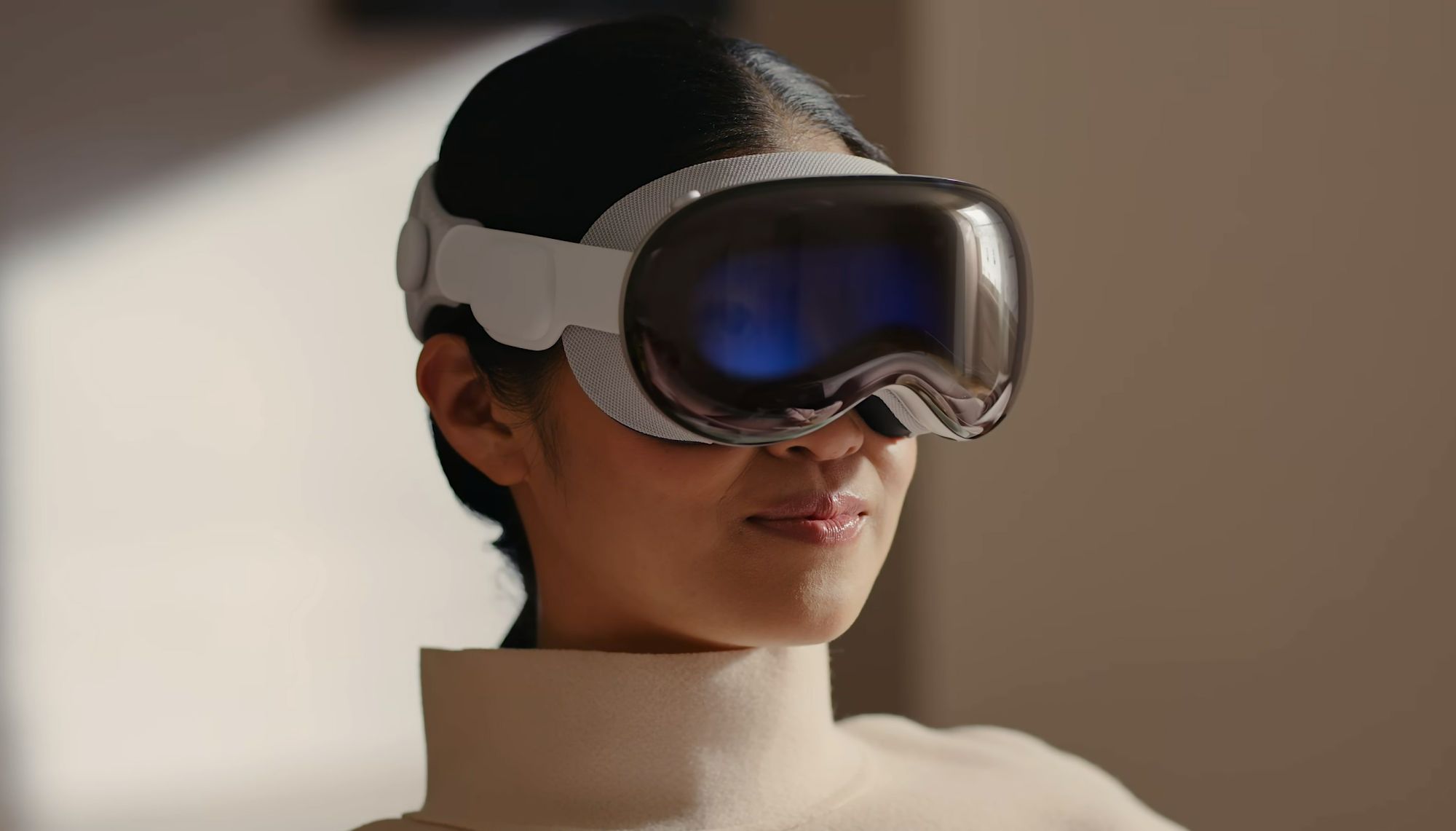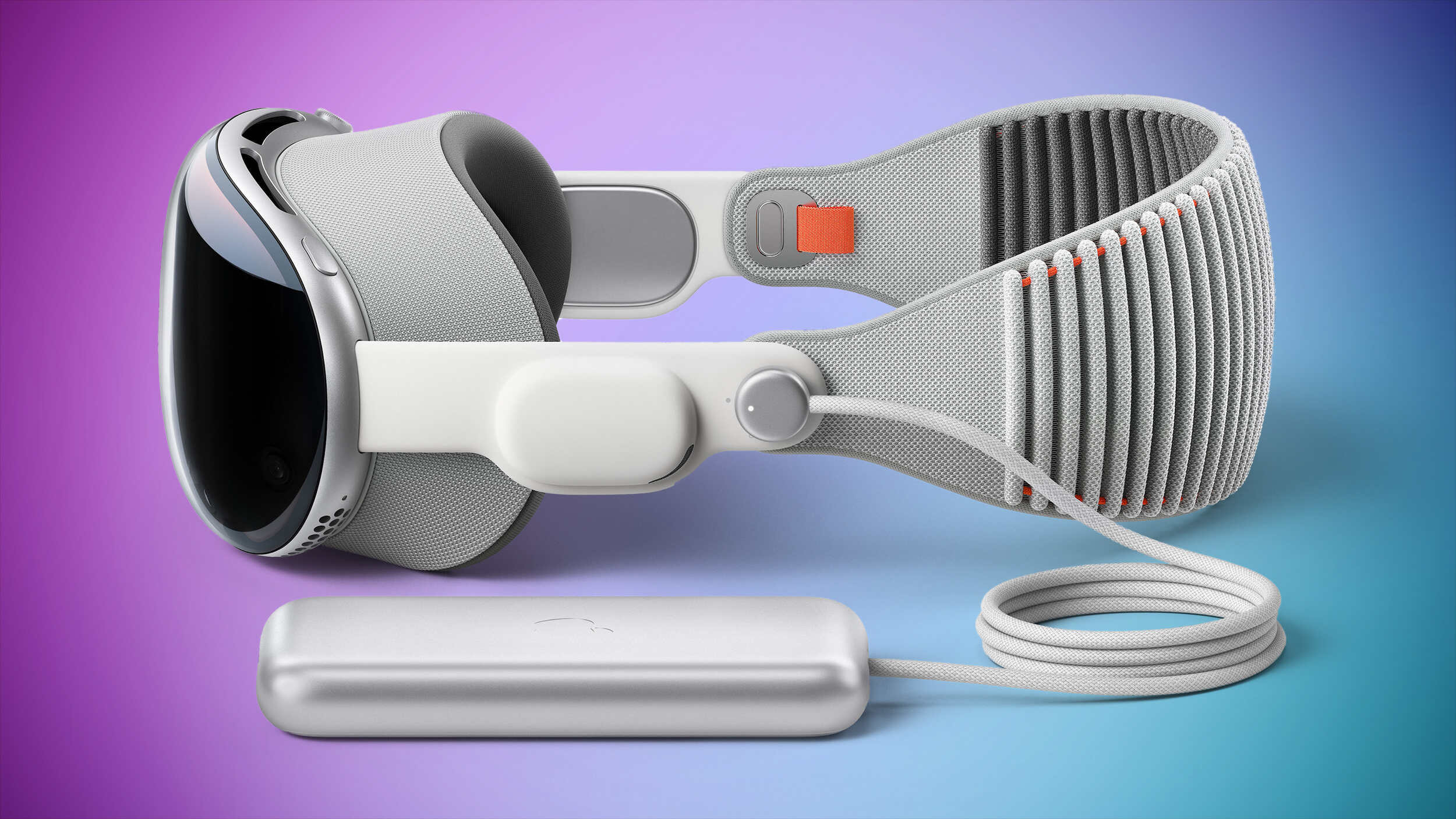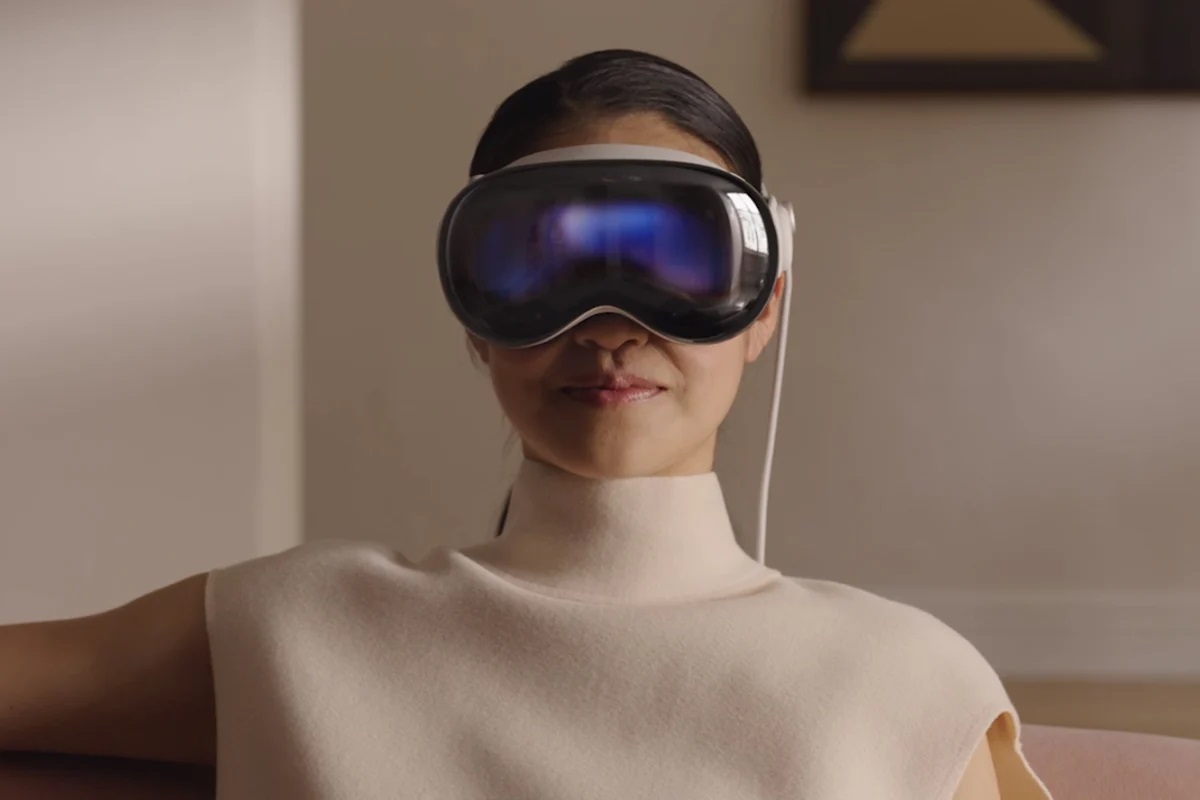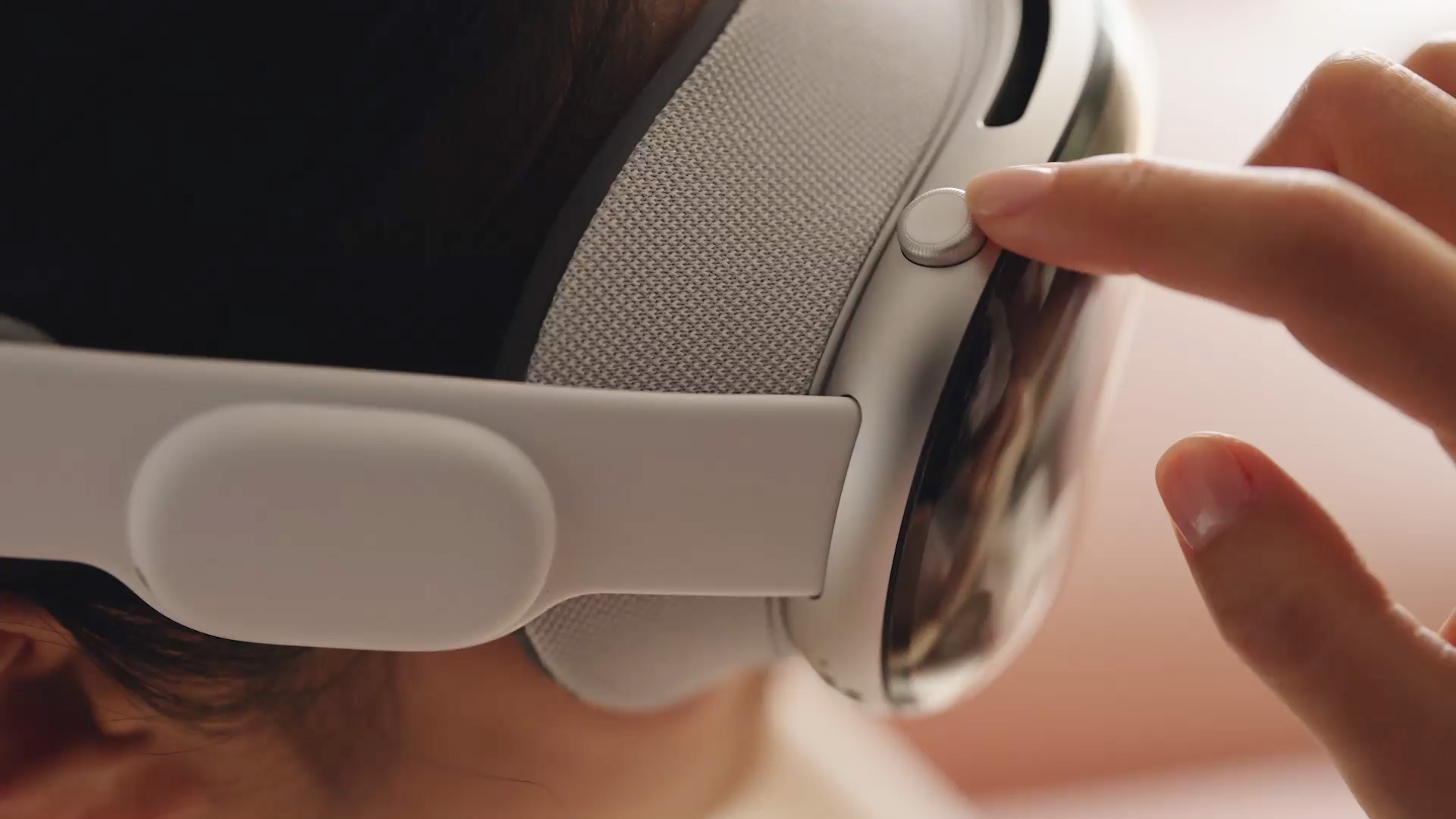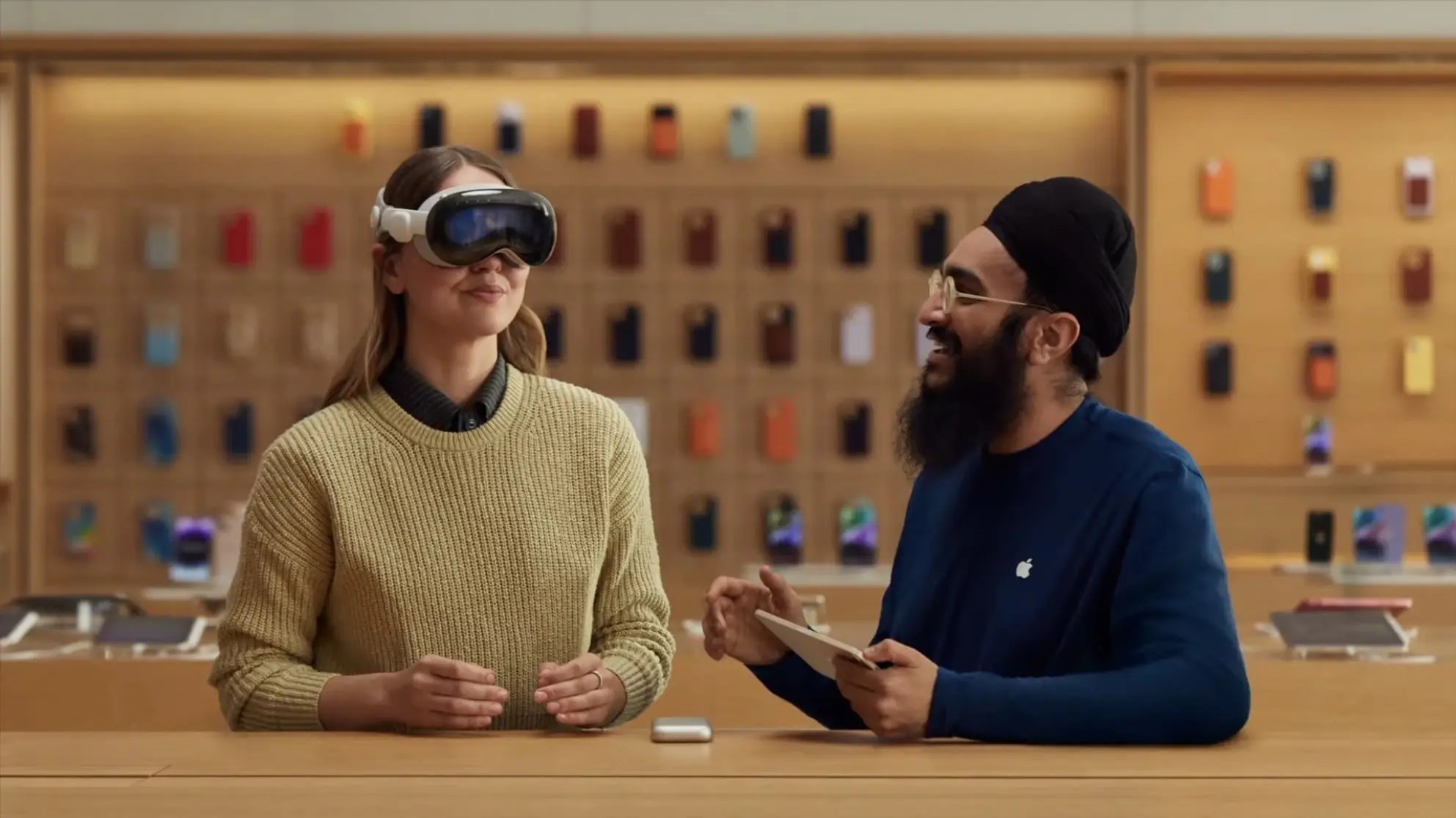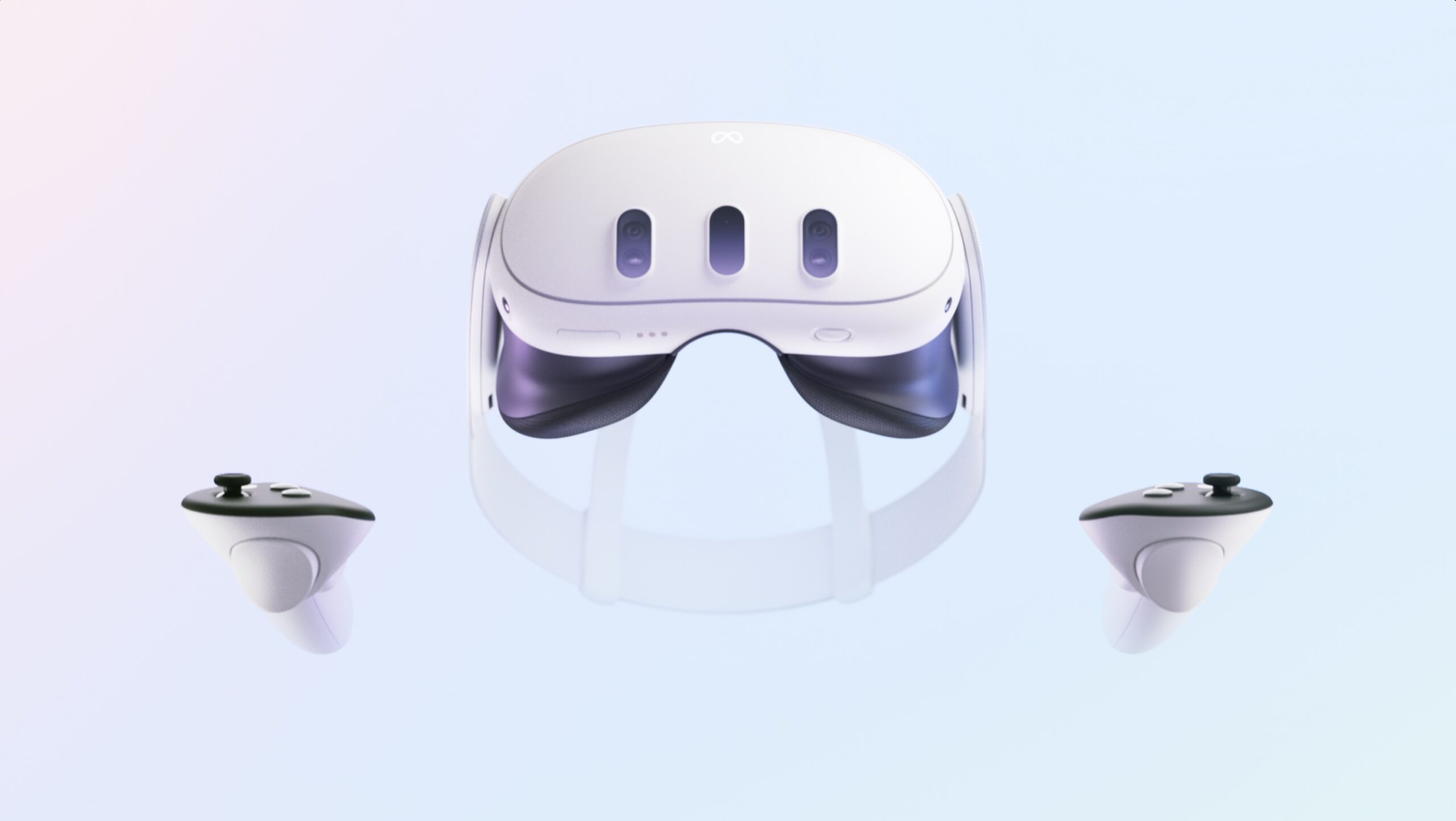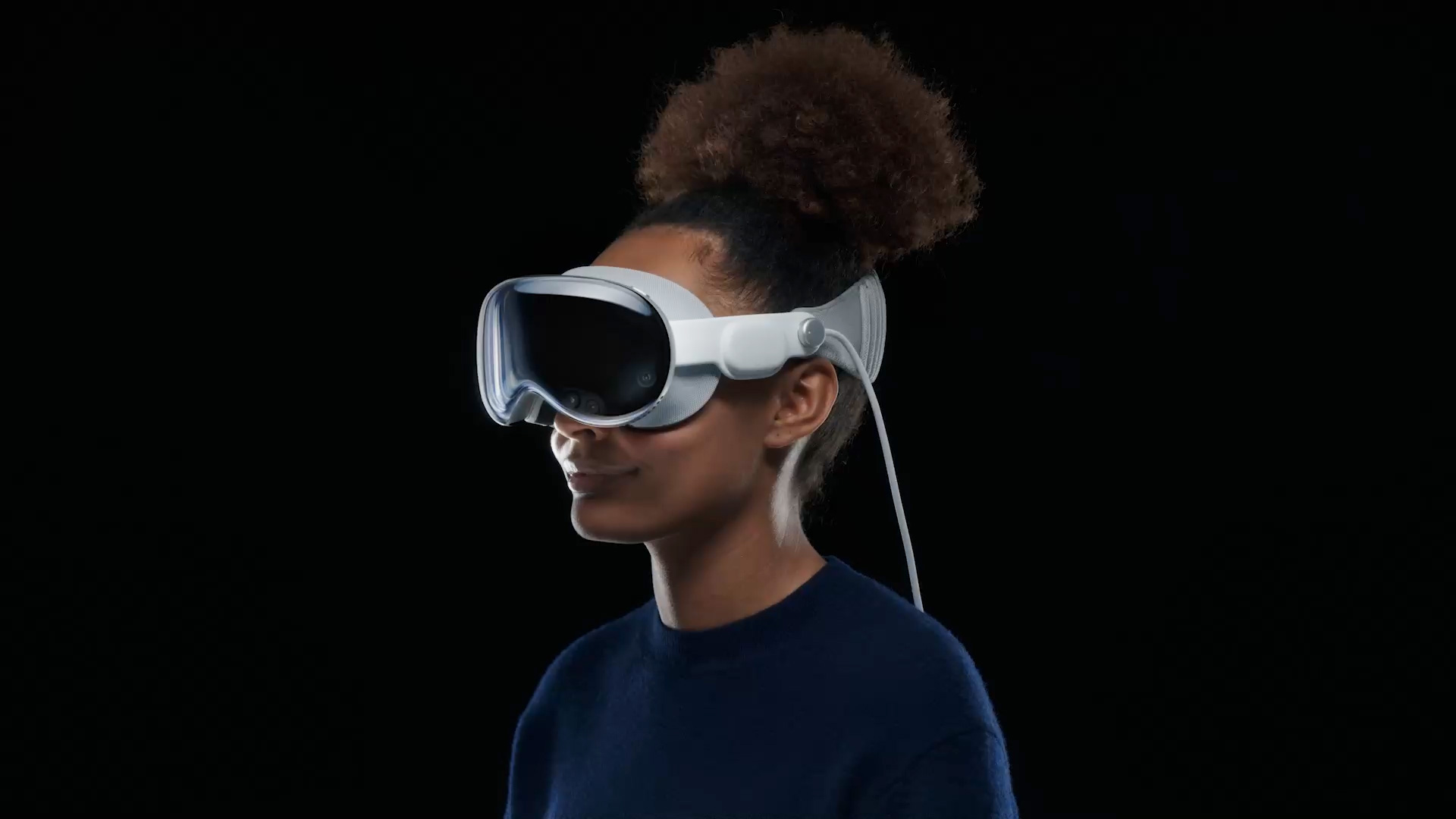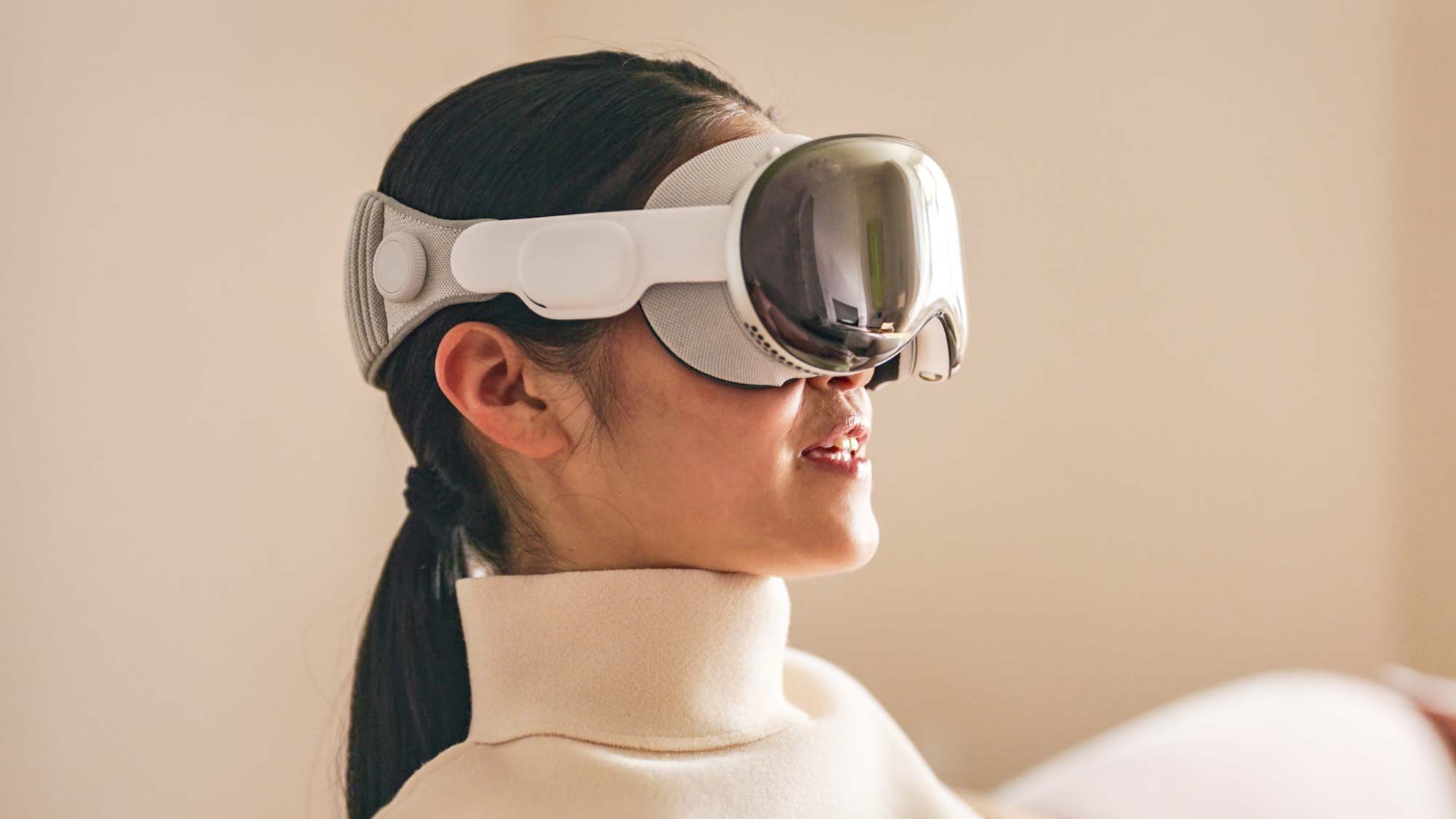Apple has taken a unique approach with the launch of its Vision Pro, drawing parallels to its strategy with the Apple Watch. The company is distancing the Vision Pro from existing virtual reality and mixed reality devices by focusing on the term “spatial computing” and identifying key use cases that will drive consumer interest.
Key Takeaway
Apple’s approach to the Vision Pro and Meta’s shift in positioning reflect a growing understanding of the strengths and limitations of VR devices. Focusing on specific use cases rather than aiming for all-around computing capabilities could shape the future of VR technology.
Apple’s Marketing Strategy
Similar to the Apple Watch debut, Apple is focusing on specific features and use cases for the Vision Pro, rather than presenting it as a full-fledged platform. The company’s marketing approach aims to resonate with users by highlighting areas such as health, wellness, and safety.
Product Evolution
While the Apple Watch has evolved technically, Apple’s marketing has focused on aspects that resonate best with users, such as health and safety. The Vision Pro, however, seems to be more adrift in terms of how it will be appreciated by users.
Meta’s Approach to VR
Meta has taken a different approach with its VR offerings, particularly with the recent launch of the Meta Quest 3. The company has shifted its positioning from a hardline “metaverse is the next big thing” stance to a softer “mixed reality is cool” position. This shift reflects a focus on understanding the strengths and weaknesses of VR devices and positioning them accordingly.
VR’s Strengths and Weaknesses
Both Apple and Meta have recognized that certain devices excel in specific use cases. For example, the Vision Pro is praised for its virtual theater experience, while the Meta Quest 3 is tailored for interactive workout use cases. However, both devices face limitations in tasks such as text input and productivity.
The Future of VR
The push for VR to become a mainstream general-purpose computing platform has been based on an imagined future, often ignoring the practical limitations of the technology. While VR excels in immersive experiences, it falls short in areas such as general computing and mobile use.







